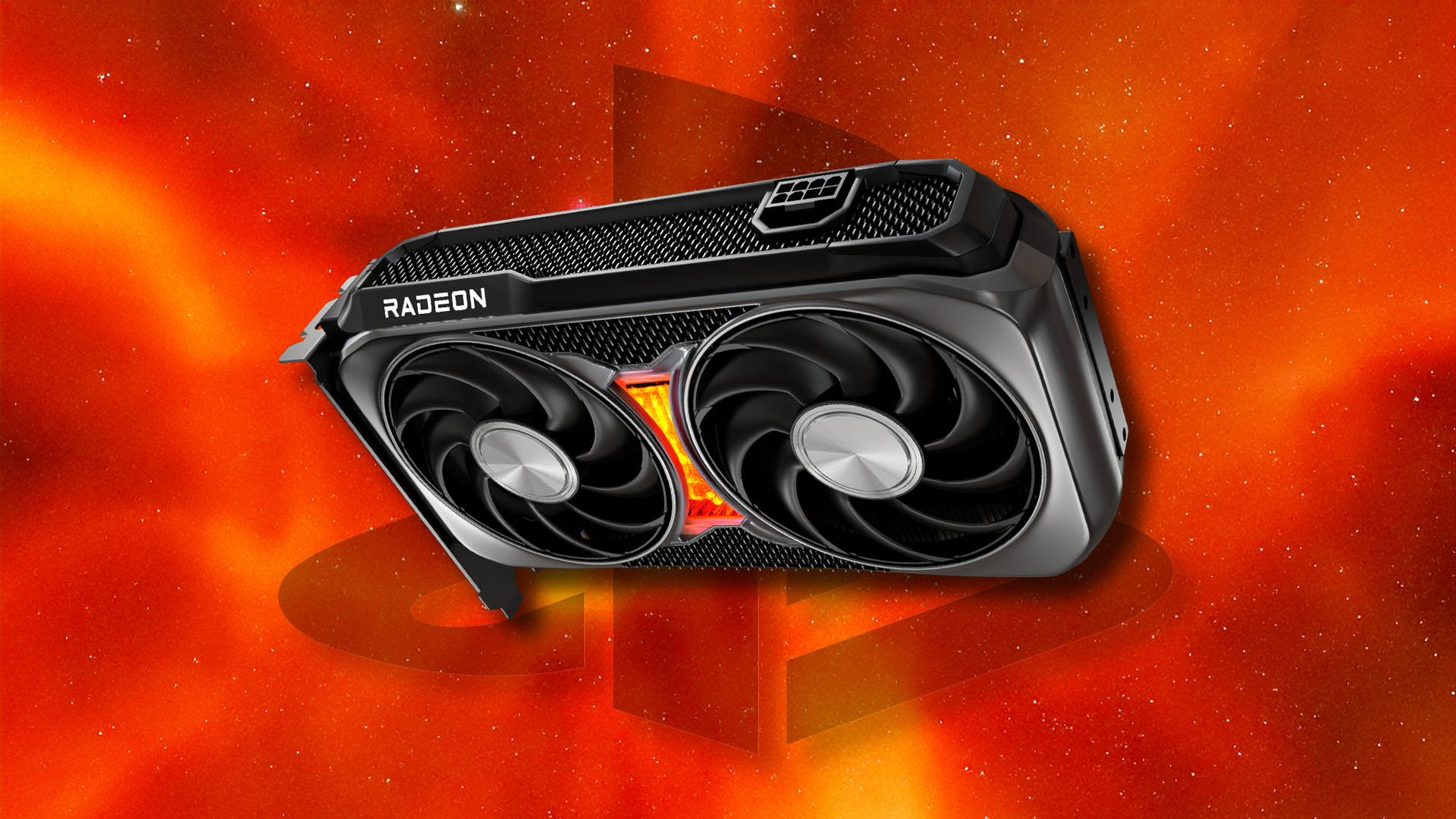
AMD may have only just pushed its latest RDNA 4 GPUs out the door, but the company is apparently already hard at work on developing its next-gen AMD Radeon graphics card tech at a fast pace. According to Mark Cerny, lead architect on the Sony PlayStation 5, AMD is "moving extremely quickly" on its next-gen graphics tech, and Sony is having direct involvement with its development too.
While we were really impressed by the latest AMD graphics tech in our Radeon RX 9070 XT review, the company currently has no high-end GPUs to counter the mighty Nvidia GeForce RTX 5090, or even the RTX 5080 for that matter, and it will be keen to address this situation. While high-end GPUs might not get huge sales, being able to say you've made the fastest gaming GPU is hugely important in terms of brand recognition and market perception. As it is, Nvidia has the high-end spots on our best graphics card guide all to itself right now.
Speaking to Tom's Guide, Cerny revealed that there's a lot of crossover between Sony and AMD in a co-engineering effort the two companies are calling Project Amethyst. "Big chunks of RDNA 5, or whatever AMD ends up calling it, are coming out of engineering I am doing on the project," says Cerny, who also appears not to know whether the new AMD GPU architecture will be called RDNA 5 or UDNA, as previously reported - welcome to the club, Mark.
"There are no restrictions on the way any of it can be used," says Cerny when discussing the GPU tech on which the two companies are collaborating, meaning we may well see ideas from Sony incorporated into AMD's new PC GPUs. Interestingly, though, he states that while his "time-frame is multi-year" when it comes to console development, "AMD is moving extremely quickly" on its own side, suggesting that the company is pushing hard to get its next-gen GPU tech out the door.
In a recent post on X (formerly Twitter), AMD's senior vice president of computing and graphics, Jack Huynh, revealed some more insight into the collaboration. The PlayStation will not only get support for AMD's great new AI-based upscaling tech, called FSR 4, but Huynh also says "we're now paving the way for machine learning based Frame Generation and Ray Regeneration in FSR Redstone."

AI is clearly going to be a big focus for both AMD and Sony here, with Huynh stating that the two firms are working on "designing an architecture optimized specifically for machine learning workloads in gaming," as well as "developing high-quality neural networks that push the boundaries of real-time game graphics."
They're not the only ones, of course. Nvidia is also making a big deal about its support for new neural rendering features supported by the Tensor cores in its GPUs, and they can work well, as we found in our test of Half-Life 2 with neural rendering earlier this year.
Recent AMD RDNA 5 rumors have suggested that the new GPUs will have double the performance of the company's current GPUs when it comes to ray tracing and AI, which could really help AMD close the gap. While its current GPUs offer great ray tracing and rasterization performance, there are still some areas where Nvidia has the upper hand, as I found in my Doom The Dark Ages path tracing test.
In the meantime, check out my AMD Radeon RX 9060 XT review if you're looking to buy an affordable GPU now, as the 16GB graphics cards based on this GPU are great buys if you're on a tight budget.
You can also follow us on Google News for daily PC games news, reviews, and guides. In addition, we have a vibrant community Discord server, where you can chat about this story with members of the team and fellow readers.



